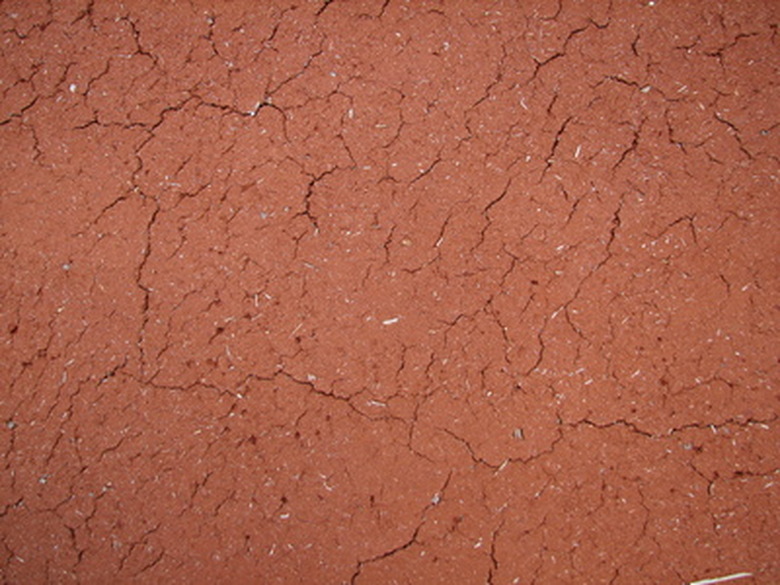What Types Of Soil Are Found In Georgia?
Known for its red-clay soil, Georgia is divided into eight soil provinces from the mountains to the coast. A key producer of corn, cotton, peanuts and soybeans, Georgia is known as the "Peach State" but is the third-largest producer of peaches in the U.S. Soil in Georgia ranges from loamy, nutrient-rich soils near the coast to thick, heavy clay or sandy soils inland.
Known for its red-clay soil, Georgia is divided into eight soil provinces from the mountains to the coast. A key producer of corn, cotton, peanuts and soybeans, Georgia is known as the "Peach State" but is the third-largest producer of peaches in the U.S. Soil in Georgia ranges from loamy, nutrient-rich soils near the coast to thick, heavy clay or sandy soils inland.
Tifton
More than 2 million acres of Tifton soil, which according to the USDA Natural Resources Conservation Service is the proposed state soil, exist in Georgia. Found mostly throughout the southern coastal plain, including Savannah, Tifton soil is fine and loamy. This soil is formed from loamy sediment of marine origin and Tifton topsoil is dark gray-brown and sandy. Tifton soil is key to farming in Georgia, and 27 percent of all farmland in the state is Tifton. Corn, cotton, peanuts and soybeans are grown in Tifton soil.
- Known for its red-clay soil, Georgia is divided into eight soil provinces from the mountains to the coast.
- Tifton soil is key to farming in Georgia, and 27 percent of all farmland in the state is Tifton.
Georgia Clay
The most well-known soil in Georgia, Georgia red clay is a thick, heavy soil that gets its color from iron oxides. Black, brown and gray clays are also found in Georgia. Clay soils are found in hilly areas, including in North Georgia, and are the result of hot, wet, humid weather combined with crystalline rocks. These soils are rich in nutrients and daylilies and cypress trees are among the plants that grow well in clay soils.
Sandy Soil
Sandy soil, which drains quickly and does not hold nutrients, is found throughout Georgia. This type of soil does not hold water nor does it offer a lot of protection to roots. Sandy soil may be amended with compost or mulch, both of which will help slow drainage and maintain nutrients. Succulents and cacti, both drought-resistant plants, fare well in sandy soil. Daylilies, blueberries and some oak trees also thrive in sandy soil.
- The most well-known soil in Georgia, Georgia red clay is a thick, heavy soil that gets its color from iron oxides.
References
- USDA: The Proposed State Soil of Georgia
- USDA: Why are Georgia Soils Red?
- "Sunset National Garden Book"; the editors of Sunset Books and Sunset Magazine; 1997
